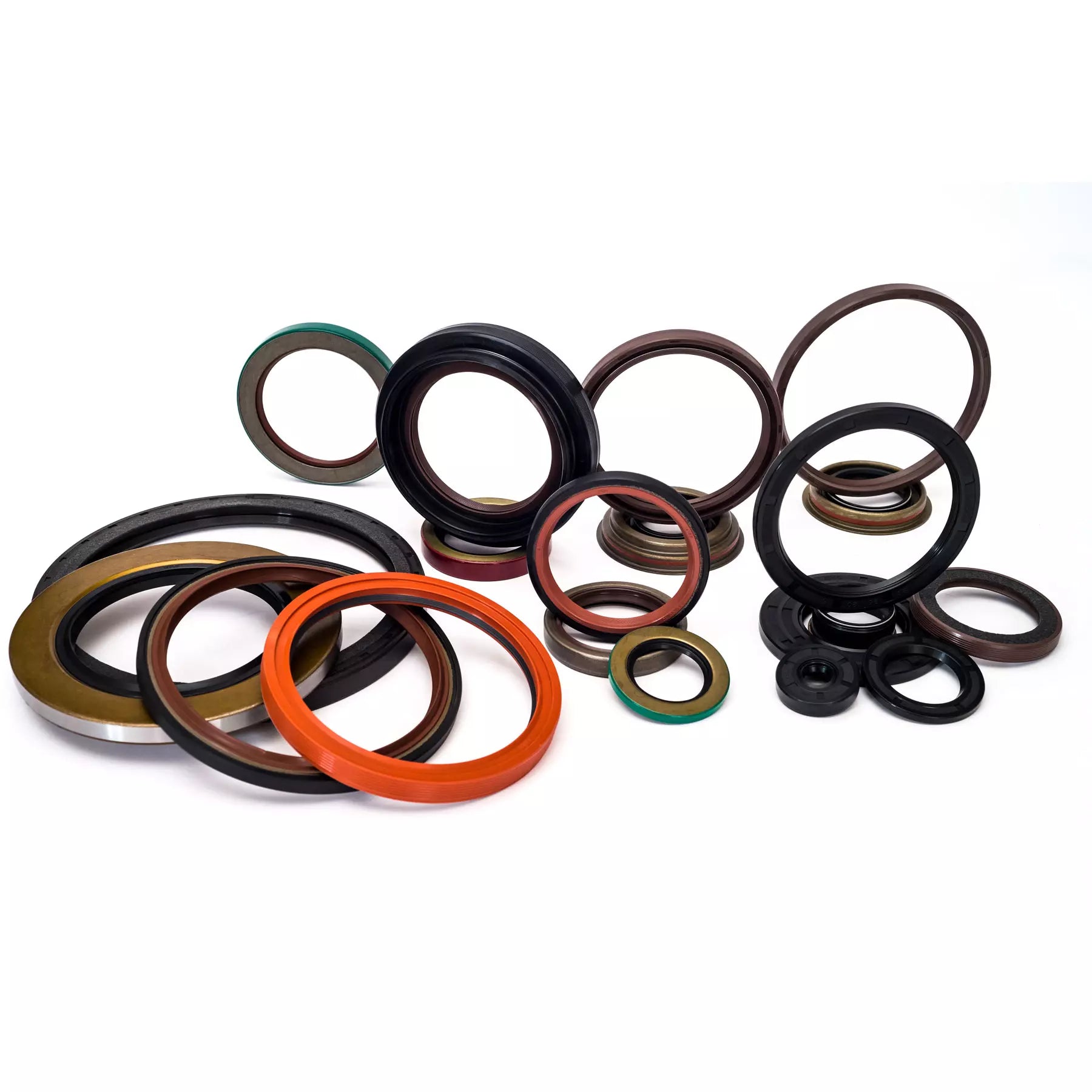Choosing the Right Seal: Chemical Compatibility Guide
We understand that selecting the appropriate seal for your application may take a significant amount of time. There are countless choices and variables to consider, making it easy to feel overwhelmed.
This guide aims to simplify the process and help you understand the ins and outs of chemical compatibility, so that you can quickly and effectively choose the appropriate seal according to your needs.
The role of chemical compatibility in seal selection
Chemical compatibility is a key factor in the performance of seals. Mismatch may lead to premature seal degradation, operational setbacks, and unexpected costs. However, proper pairing can bring long-lasting and efficient results. That's why understanding how the material interacts with the medium it will come into contact with is so important when selecting seals based on chemical compatibility.
Determine the chemical compatibility of seals using a media when dealing with a large amount of chemicals, it can become overwhelming. One way to simplify the search process is to first consider the medium. Imagine a Venn diagram with four overlapping circles: water-based, petroleum based, strong acid/strong base, and strong solvent. These four different media groups will take you on different paths in search. Therefore, you can view the overlapping positions of circles for broad compatibility, or use these groupings to narrow down your selection and focus your search.
O-ring chemical compatibility Venn diagram

Other key factors affecting the chemical compatibility of seals
Environment: Depending on the environment, such as in life sciences and heavy equipment or oil and gas, its use may vary greatly. There may also be specific requirements or regulations within the industry that can help you eliminate choices, especially in situations where environmental issues are becoming increasingly severe.
Application type: The type of application it uses plays an important role in the changes of the seal over time. In static applications where the seal does not move, long-term exposure to chemicals may damage the seal and affect its performance. In dynamic applications, seals will move around and their wear rate may be faster than expected.
Temperature: Temperature has a significant impact on the behavior of chemicals and the performance of seals. Depending on the material, high temperatures can cause damage or failure, while lower temperatures can affect their sealing effectiveness.
Pressure: Changes in pressure can directly affect sealing performance by altering chemical interactions with the surrounding environment. For example, rubber seals may be damaged or deformed under high pressure conditions. Other seals, such as PTFE Teflon ®, Gas permeation or other medium flow can be allowed under low pressure conditions.
Common sealing materials and their chemical compatibility
Seals come in various materials, each with its unique chemical properties. Whether you are considering the multifunctionality of nitrile or fluororubber ® Understanding the chemical properties of each material is crucial for high-temperature applications.
Industry leading charts, such as Parker's chemical compatibility chart, provide valuable information about which materials are resistant to specific media. These pieces of information are crucial for selecting suitable sealing materials for work.
How to simplify the selection of seals based on chemical compatibility?
Identify media. Firstly, understand the fluid or gas that the seal will encounter. (Professional tip: Imagine a Venn diagram).
Consider operating conditions. Understand the environment, application type, temperature, and pressure range in which the seal will operate.
Study material compatibility. Use Parker compatibility charts and other resources to match your needs with the correct materials.
Verify your selection: We always recommend testing your seals under real or simulated conditions to ensure their suitability.
Conclusion
The road to perfect sealing is a journey of understanding, research, and testing. Using chemical compatibility as a compass, you can confidently deal with complexity. Remember, this is not just about finding a seal; The key is to find the appropriate seal. With this guide, you are one step closer to your goal.
If you need help navigating this process to find the seal that suits your project, please consult DMB seal team. We have over 15 years building relationships with global seal manufacturers, providing you with thousands of types of seals, gaskets, O-rings, and other special products suitable for any application.

